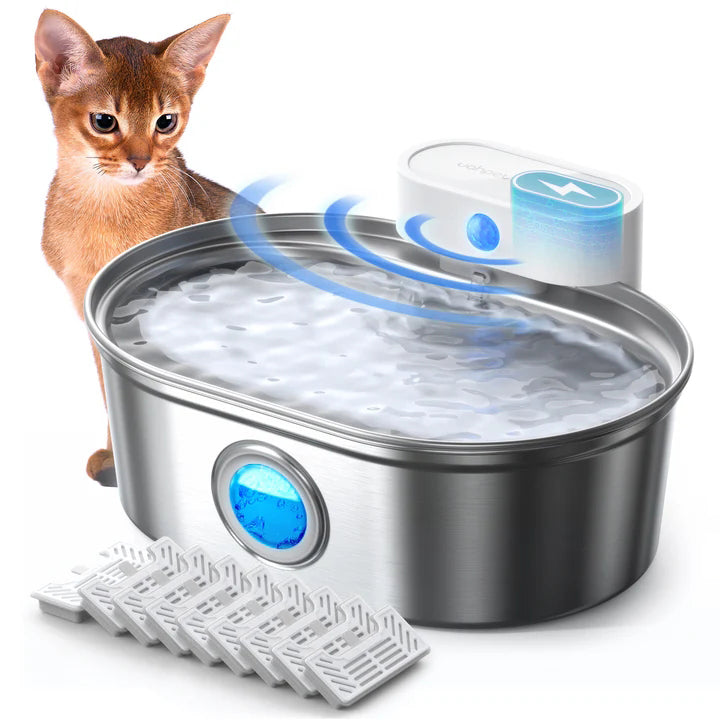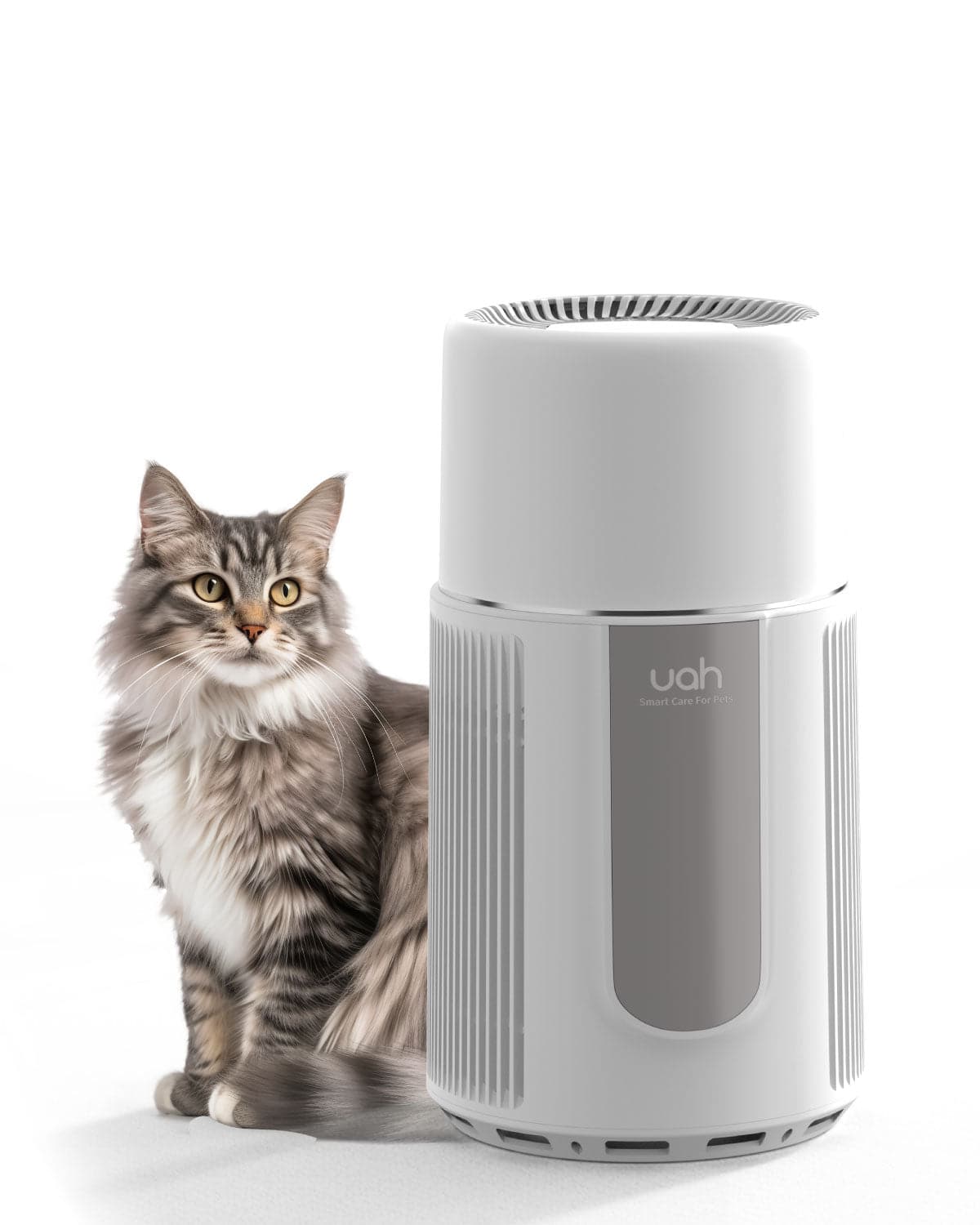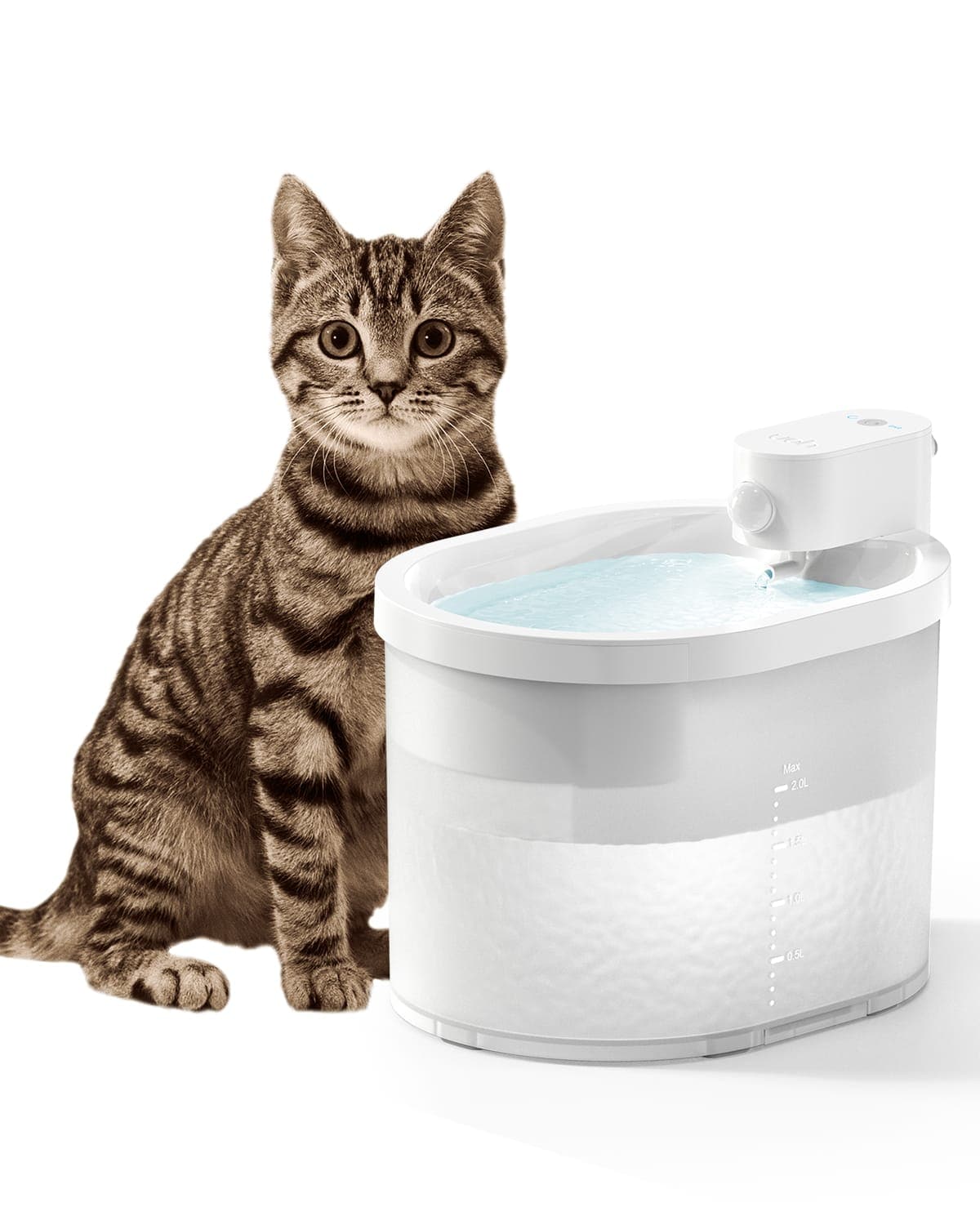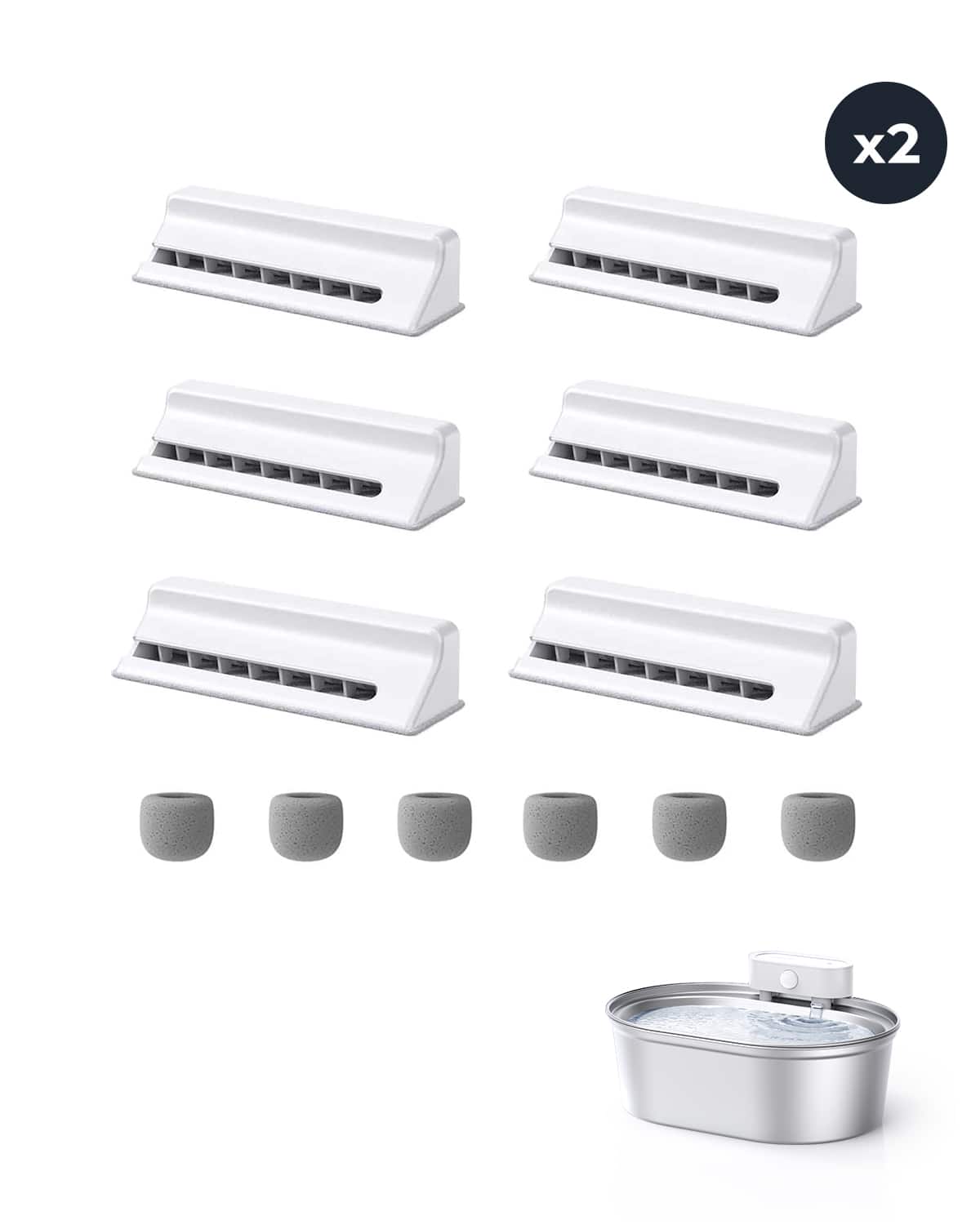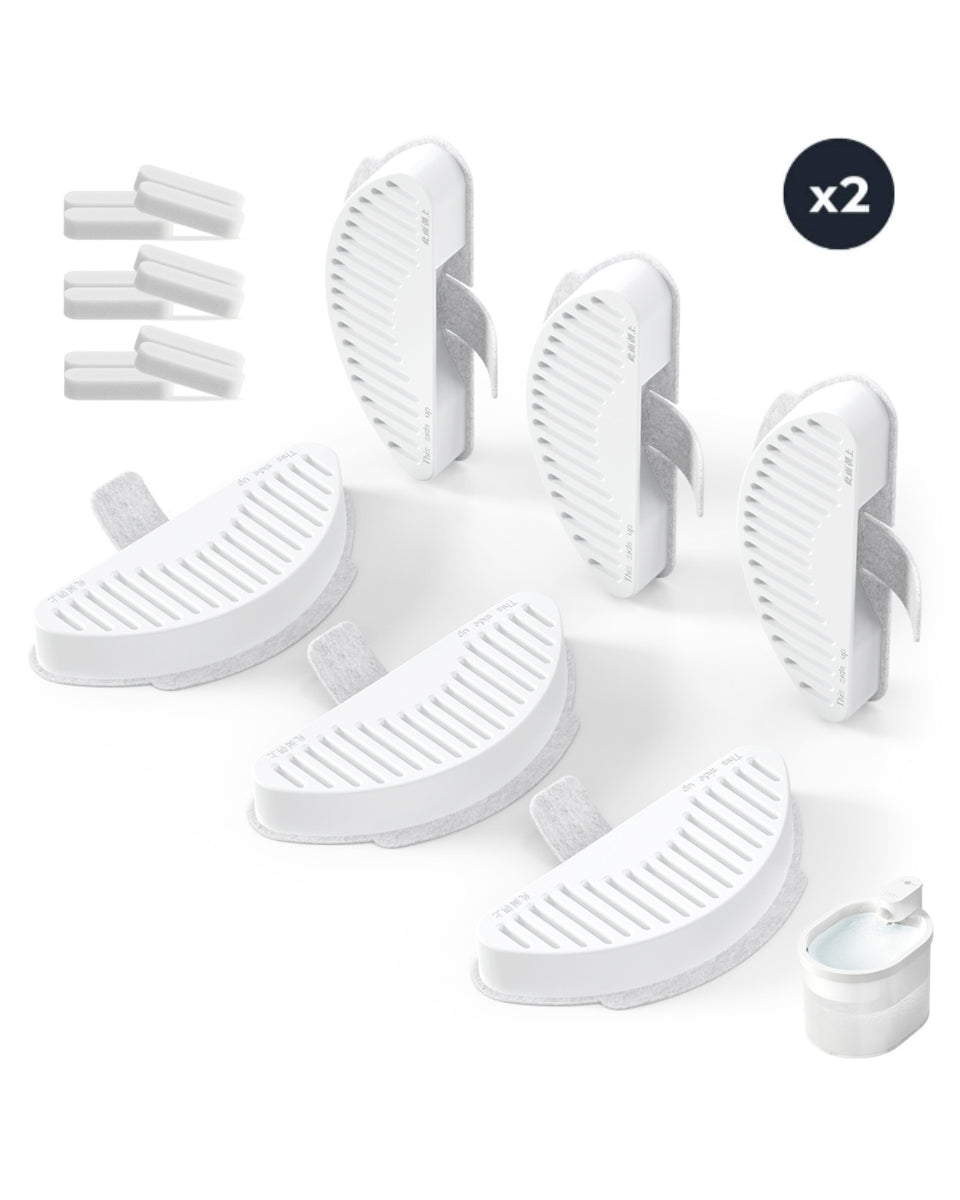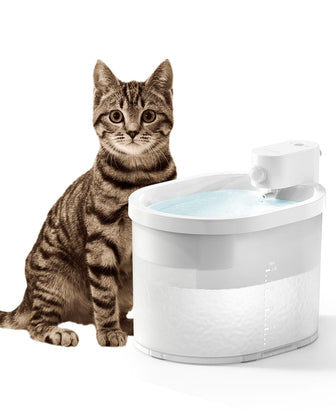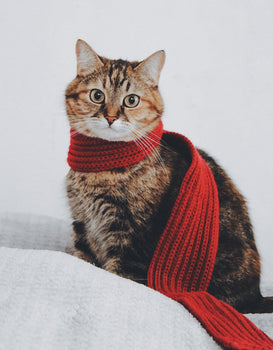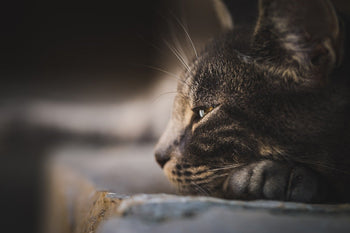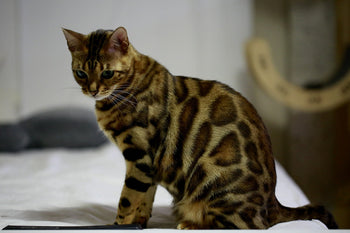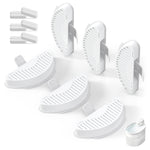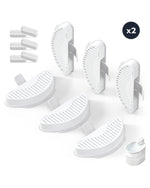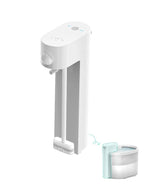Many people believe that cats hate water. This common misconception has been perpetuated by cartoons and popular culture, where cats are often portrayed as being afraid of water or disliking getting wet. However, the truth is that not all cats hate water, and there are many reasons why a cat may or may not enjoy being in or around water.
While some cats may avoid water at all costs, others may enjoy playing in it or even swimming. In fact, some breeds of cats, such as the Turkish Van and the Bengal, are known for their love of water. So why do some cats seem to hate water, while others don't mind it at all? The answer lies in a combination of genetics, individual personality, and past experiences.
Don't Cats Hate Water? The Truth About Feline Hydrophobia
Key Takeaways
Cats have a reputation for hating water, but not all cats feel this way.
Some cats may enjoy playing in or even swimming in water.
The reasons why some cats dislike water can vary, depending on genetics, personality, and past experiences.
Types of Liquids Cats Drink
Water, Milk, and Broth
Cats are known for being finicky drinkers, but they do have a few liquids that they prefer. Water is the most important liquid for cats, and they need access to fresh water at all times. Milk is also a popular drink among cats, but it should be given in moderation as many cats are lactose intolerant. Broth, particularly chicken or beef, is another liquid that cats enjoy and can be a good way to keep them hydrated.
When it comes to water, cats prefer it fresh and clean. They may turn their nose up at stagnant water, so it's important to change their water bowl frequently. Some cats prefer running water, which can be provided by a fountain-style water bowl.
Milk is a treat for many cats, but it should not be a substitute for water. Cats are lactose intolerant, and too much milk can cause digestive upset. If you do give your cat milk, it should be in small amounts as an occasional treat.
Broth can be a good way to keep your cat hydrated, particularly if they are sick or not eating well. Chicken or beef broth can be given to cats in small amounts, but it should be low in sodium and free of onions and garlic, which can be harmful to cats.

Importance of Fresh Water
Water is essential to a cat's health, and it's important to make sure they have access to fresh water at all times. Cats can become dehydrated quickly, which can lead to serious health problems. In addition to providing fresh water, it's important to clean your cat's water bowl regularly to prevent the growth of bacteria.
If you notice that your cat is not drinking enough water, try switching to a different type of water bowl or providing running water. You can also try adding a small amount of low-sodium chicken broth to their water to make it more appealing.
In summary, cats prefer fresh and clean water, and they also enjoy milk and broth in moderation. It's important to make sure your cat has access to fresh water at all times to prevent dehydration.
How Much Water Cats Need
Cats are known for their independent nature, but when it comes to their hydration needs, they rely on their owners to provide them with enough water to keep them healthy. In this section, we'll discuss how much water cats need, and how to tell if your cat is getting enough water.
Daily Water Intake Requirements
On average, cats need about 3.5 to 4.5 ounces of water per 5 pounds of body weight per day. This means that a 10-pound cat needs about 7 to 9 ounces of water per day. However, this can vary depending on factors such as age, activity level, and diet.
It's important to note that cats who eat dry food may need more water than cats who eat wet food, as wet food contains more moisture. Additionally, cats who are lactating or pregnant may need more water than usual.
To ensure that your cat is getting enough water, make sure that they have access to fresh water at all times. Consider using a cat water fountain to encourage your cat to drink more water, and make sure to clean the water bowl or fountain regularly to prevent bacteria growth.
Signs of Dehydration
Dehydration can be dangerous for cats, and it's important to know the signs so that you can take action if necessary. Some common signs of dehydration in cats include:
Lethargy
Dry mouth
Sunken eyes
Loss of appetite
Reduced skin elasticity
If you notice any of these signs in your cat, it's important to take them to the vet right away. Your vet can help determine the cause of the dehydration and provide treatment to help your cat recover.
Do Cats Really Hate Water?
Cats have a reputation for disliking water, but is this really true? This section will explore the myth versus reality of cats and water, as well as some tips for making water more appealing to feline friends.
Myth Versus Reality
While it's true that many cats do not like to swim or be fully submerged in water, this doesn't necessarily mean that they hate all forms of water. Some cats may actually enjoy playing with water, such as batting at dripping faucets or playing with toys in a shallow pool of water.
Additionally, cats are known for their grooming habits, which often include licking and cleaning their fur. This means that cats do have some level of tolerance for water, as they need it to keep themselves clean and hydrated.
Making Water Appealing
For cats who are hesitant to drink water, there are a few things that owners can do to make it more appealing. One option is to provide a cat water fountain, which can mimic the sound and movement of running water and may encourage cats to drink more.
Another option is to experiment with different types of water bowls, such as stainless steel, ceramic, or plastic. Some cats may prefer one material over another, so it's worth trying out a few options to see what works best.
Finally, adding ice cubes to a cat's water bowl can also make it more enticing, especially during hot weather when cats may be more prone to dehydration.
Related Posts:

Conclusion
In conclusion, while it is true that many cats do not enjoy being submerged in water, it is not accurate to say that all cats hate water. Some breeds, such as the Turkish Van and Bengal, are known to enjoy swimming and playing in water.
It is important to note that a cat's aversion to water may be due to their natural instinct to avoid potential danger, such as fast-moving water in the wild. Additionally, cats are meticulous groomers and may not appreciate the feeling of being wet or having their fur matted down.
Overall, it is important to respect a cat's preferences and not force them into situations they are uncomfortable with. However, with patience and positive reinforcement, it is possible to train a cat to tolerate and even enjoy water activities.
Why Choose Uahpet Cat Water Fountain?
The Uahpet cat water fountain is an excellent choice for pet owners looking for a reliable and innovative solution for their cat's hydration needs. The fountain's unique design features a separate water pump that simplifies the cleaning process and minimizes bacterial buildup, ensuring a healthier drinking environment for your cat.
One of the standout features of the Uahpet cat water fountain is its advanced 6-level filtration system. This system includes an eco-friendly filter case that keeps the system sustainable and prevents food particles from contaminating the water. The KDF media removes heavy metals to protect your pet's organs, while the ion exchange resin softens the water, reducing the risk of kidney stones. Quartz sand is used to prevent abdominal discomfort, and coconut activated charcoal safeguards your pet's sensory organs. The PP woven folding cotton acts as a barrier against parasites and filters out pet hair.
The wireless design of the Uahpet cat water fountain allows you to place it anywhere without worrying about power outlets or unsightly cords, offering your cat fresh water in any location. With a noise level of only 30 dB, this fountain operates silently, making it ideal for households with light sleepers. The fountain is also designed for easy cleaning and reassembly, featuring a wider structure with fewer parts to manage.
Finally, the Uahpet cat water fountain is equipped with a long-lasting battery that provides up to 120 days of standby time, reducing the need for frequent recharging and ensuring constant access to fresh water. Overall, the Uahpet cat water fountain is a reliable, user-friendly, and innovative solution for pet owners looking to provide their cats with clean and fresh water.
Frequently Asked Questions
Is it true that all cats have an aversion to water?
No, not all cats have an aversion to water. Some cats are known to enjoy playing in water or even swimming. However, it is true that most cats do have a natural aversion to water.
What are the reasons behind cats disliking water?
One reason could be that cats have a thick coat of fur, which takes a long time to dry. This can make them feel uncomfortable and vulnerable. Additionally, cats are known to be fastidious groomers, and water can interfere with their natural grooming routine. Finally, cats are not natural swimmers and may feel insecure in water.
How can some cats enjoy fish despite their aversion to water?
Cats may enjoy fish because of their strong sense of smell and taste. The smell and taste of fish can be very appealing to cats, even if they do not enjoy being in water.
Are there any particular reasons cats may be afraid of still water?
Cats may be afraid of still water because they cannot see what is beneath the surface. This can make them feel vulnerable and insecure. Additionally, still water may be stagnant and contain harmful bacteria, which could make cats sick.
What causes cats to react negatively to water near their food?
Cats may react negatively to water near their food because it can contaminate their food and make it unappetizing. Additionally, cats may associate water with the presence of predators, which can make them feel uneasy.
Why is there a difference in water preference between cats and dogs?
Cats and dogs have different evolutionary histories and have adapted to different environments. Cats are desert animals and have evolved to obtain most of their water from their prey. Dogs, on the other hand, are pack animals and have evolved to drink water from rivers and streams. This difference in evolutionary history may explain why cats and dogs have different preferences when it comes to water.

![[🎃Halloween Sale]UAHPET Stainless Steel Self-Cleaning Cat Litter Box](http://www.uahpet.com/cdn/shop/files/1-cat-litter-box.jpg?v=1759128420&width=1600)
